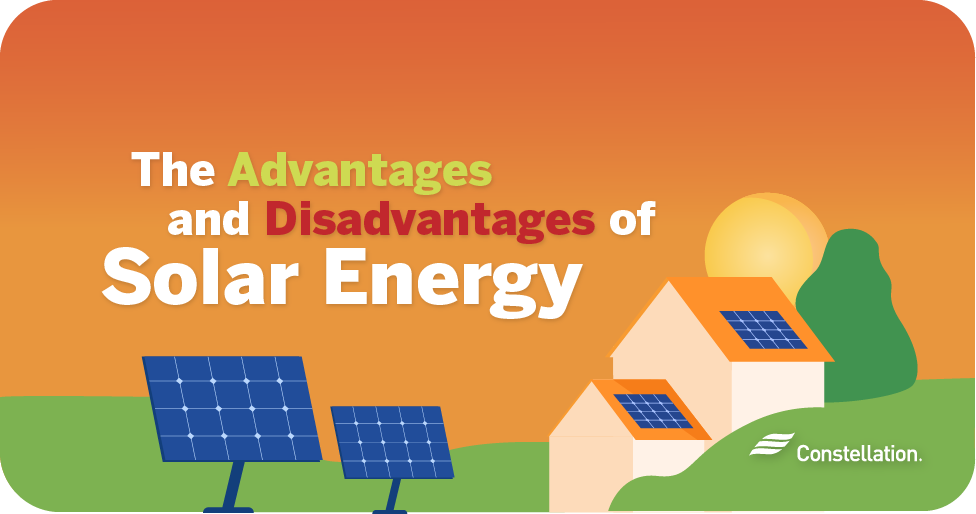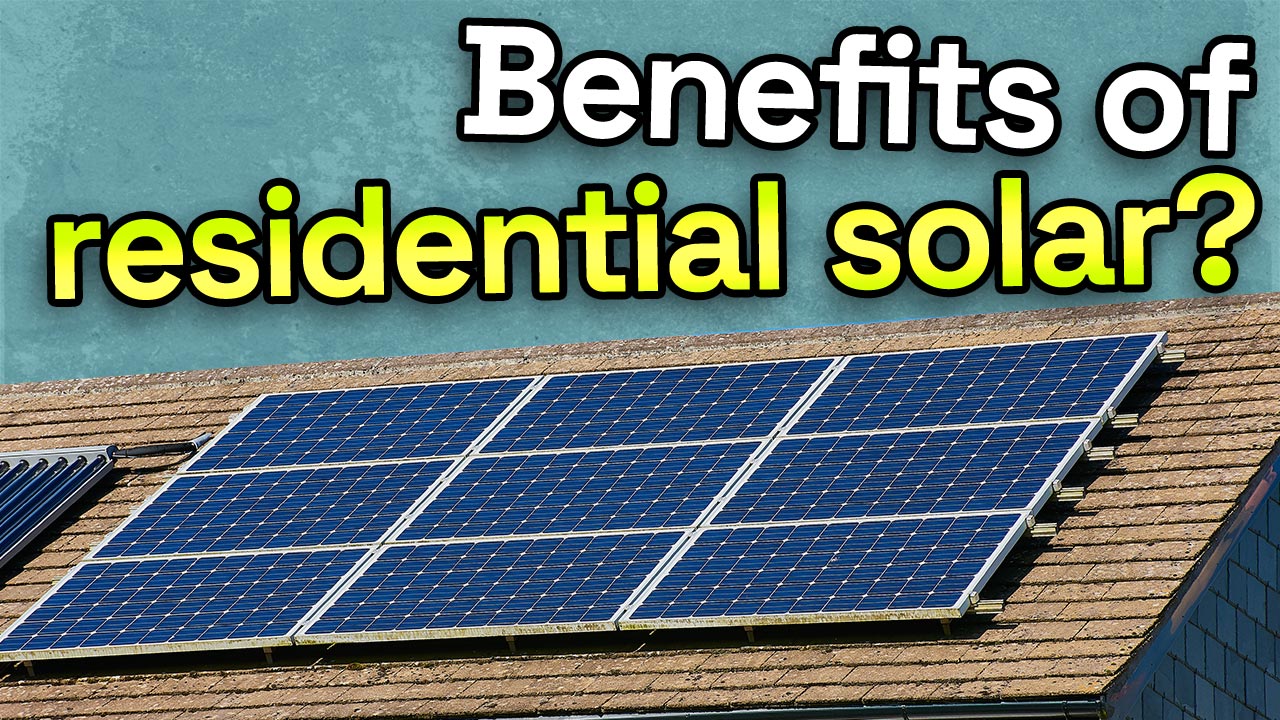Solar Energy 101: A Novice's Overview to Sustainable Energy Solutions
As the globe increasingly moves towards lasting energy remedies, understanding the basics of solar power comes to be essential for both individuals and services. By checking out the advantages of solar technology, along with the monetary incentives and installment procedures, one can acquire a more clear viewpoint on how to successfully incorporate this renewable source into their energy method.
Recognizing Solar Power
At its core, comprehending solar power entails grasping the fundamental concepts of just how sunshine can be exchanged usable power. Solar power is acquired from the sunlight's radiation, which can be used with numerous modern technologies. The primary device for this conversion is the photovoltaic effect. This phenomenon happens when sunlight strikes semiconductor products, typically silicon-based, within solar cells. The power from the sunshine thrills electrons in the semiconductor, permitting them to stream openly and create straight current (DC) electricity.

Understanding solar energy also involves recognizing its environmental advantages. By using sunlight, we can mitigate greenhouse gas discharges and lower air pollution, contributing to a more sustainable future. The developments in modern technology and efficiency of planetary systems continue to improve their stability, making solar power a progressively eye-catching alternative for worldwide energy demands.
Sorts Of Solar Energy Systems
Various kinds of solar energy systems are generally used to harness solar power for electrical energy generation. The primary groups consist of solar (PV) systems, concentrating solar energy (CSP) systems, and solar thermal systems.
Solar systems use solar panels made up of silicon cells that transform sunlight directly right into electrical energy. These systems are flexible and can be set up on rooftops, ground installs, or incorporated right into structure materials.
Concentrating Solar Power systems, on the various other hand, employ mirrors or lenses to focus sunlight onto a small area, generating warm that drives a vapor turbine to produce power - Simply Solar Illinois. CSP systems are typically released in massive power plants and call for straight sunshine, making them less suitable for gloomy regions

Each type of solar power system has its distinct attributes, applications, and suitability relying on geographical location, power requirements, and budget, making it vital to examine options based upon particular conditions. - Simply Solar Illinois

Benefits of Solar Power
Using solar power through various systems not just supplies a lasting method to produce electrical energy but likewise provides a plethora of benefits. Among the most considerable benefits is the decrease in greenhouse gas exhausts, adding to a cleaner setting and combating climate change. Solar power is sustainable, indicating it is endless and offered as long as the sunlight beams, unlike fossil gas, which are limited and diminishing.
In addition, solar power can bring about significant price savings with time. House owners and companies can minimize their power bills significantly, and in numerous cases, they may earn debts for excess power generated through net metering. In addition, the solar sector develops tasks, from making to installment, boosting regional economic climates.
Another engaging benefit is power self-reliance. By producing their own electricity, people and communities can reduce dependence on external energy sources, improving resilience versus rising and fall power rates and supply interruptions. Moreover, solar power systems call for minimal maintenance, making them a convenient alternative for lasting power Home Page generation.
Installation Process Summary
The installation procedure for solar energy systems generally includes several crucial actions that ensure reliable integration right into a residential or commercial property. At first, a thorough website evaluation is carried out to examine the roofing's positioning, shielding, and structural honesty, click this site which are crucial to maximizing photovoltaic panel efficiency. Following this assessment, the layout phase starts, where a customized solar power system is set up based upon the home owner's power needs and choices.
As soon as the design is finalized, the required permits and approvals are gotten from local authorities, ensuring conformity with guidelines. The actual installment involves placing the photovoltaic panels on the roofing or ground, connecting them to an inverter, and incorporating the system with the home's electrical arrangement. This stage might also involve installing battery storage systems, depending upon the design.
With the installment total, the solar power system can begin producing sustainable energy, adding to sustainability and reducing energy prices. This organized strategy makes sure that solar systems are both efficient and dependable, maximizing their lasting benefits.
Financial Rewards and Financial Savings
Discovering the financial rewards and cost savings connected with solar power systems can substantially enhance the appeal of making the button to renewable power. One of the most significant rewards is the government solar tax credit rating, which allows property owners to deduct a percent of their solar system installation prices from their federal tax obligations.
Along with tax obligation credit scores, many states use rebates that can better decrease upfront expenditures. Some utility firms also give performance-based motivations, rewarding solar power production in time. Financing alternatives, such as solar financings and leases, permit customers to install systems with little to no deposit, making solar power a lot more accessible.

Long-term savings are another vital variable. By generating their very own electrical energy, home owners can substantially lower or even eliminate their monthly energy costs. Furthermore, solar systems can enhance residential or commercial property worths, giving a solid return on investment. On the whole, the combination of incentives and savings makes solar energy an economically eye-catching why not try these out choice for lots of families.
Conclusion
In final thought, solar energy represents a crucial part of sustainable energy remedies, providing a path towards minimized carbon impacts and enhanced environmental defense. The varied kinds of solar energy systems, paired with considerable financial motivations, assist in broader fostering amongst individuals and areas. Recognizing the installation procedures and benefits connected with solar power encourages stakeholders to make enlightened choices. Eventually, the change to solar energy not just promotes environmental responsibility however also advertises financial financial savings and energy freedom.